7 Great Growth Stocks with Long-Term Potential
Buying shares of a growth company early in its run to greatness is the holy grail of stock picking.


Buying shares of a growth company early in its run to greatness is the holy grail of stock picking. The goal is to get in at a relatively cheap price, hang on as revenue and earnings rise sharply, and reap big returns as other investors hop aboard. But after the stock market’s phenomenal five-year bull run, finding undiscovered gems today is no easy feat.
We went hunting for attractive growth companies and came up with seven. (Bonus: We’ll also tell you about four good mutual funds, in case you'd rather buy your growth stocks that way.) Our stock picks cover a broad spectrum of sizes, industries and growth rates, but they all share one trait: In the view of Wall Street analysts, their earnings will rise significantly faster than the 10.2% average annual earnings growth predicted for Standard & Poor’s 500-stock index over the next three years. (The actual growth rate for the broad market will almost certainly be lower than what Wall Street expects.)
Having a long time horizon is key at this stage of a bull market. Buying at today’s price levels may mean it will be five years or more before a stock realizes meaningful appreciation.
Prices and related figures are as of the July 21 close. Earnings estimates provided by Thomson Reuters.

Walt Disney
- Headquarters: Burbank, Cal.52-week range: $60.41 - $87.63Market capitalization: $149.1 billionAnnual sales: $45.0 billionEstimated earnings growth (next five years): 16%
- Disney (DIS) remains the premier U.S. entertainment franchise, with its film studios (latest hit: Frozen), TV networks (including ABC and ESPN), theme parks, resorts, home videos and consumer products.
With $45 billion in annual revenues, Disney can’t grow at the pace of smaller, up-and-coming businesses. But it offers investors the benefits of a blue-chip company that’s still capable of market-beating growth. Even allowing for typical Wall Street over-optimism, there is good reason to believe that Disney’s growth rate will stay above the blue-chip average.
Key to the company’s success is its ESPN juggernaut. Led by the sports channels, Disney’s cable networks now generate 52% of the company’s total operating profit. But beyond cable, Disney’s ability to consistently find new ways to make money from its treasure trove of assets—from Mickey to Buzz Lightyear and Captain America—is unparalleled in the media industry, says Morningstar analyst Peter Wahlstrom.

Qualcomm
- Headquarters: San Diego52-week range: $61.19 - $81.66Market capitalization: $137.5 billionAnnual sales: $24.9 billionEstimated earnings growth: 15%
Like Disney, Qualcomm (QCOM) knows a thing or two about managing a growth business. The company has mushroomed over the past 30 years into a global leader in wireless technologies. That puts it at the heart of the continuing rush throughout the world to be connected—to anyone and, increasingly, to anything.
Qualcomm earns technology-licensing fees on nearly every 3G and 4G wireless phone sold. The San Diego company also produces the chips that help run many high-end smart phones and tablet computers. All told, Qualcomm earned $7.9 billion, or $4.51 per share, in the fiscal year that ended last September, representing a doubling of profits since 2010. That pace isn’t likely to continue, in part because Qualcomm faces rising competition.
Still, the company’s size and technological know-how give it an advantage over rivals as consumers and businesses worldwide demand faster and more-intelligent wireless phones. Investors looking to play the telecom industry can certainly find smaller, faster-growing companies. But if you want a marquee name at the forefront of wireless technology, Qualcomm fits the bill.

Actavis PLC
- Headquarters: Dublin, Ireland52-week range: $124.45 – 230.77Market capitalization: $38.0 billionAnnual sales: $8.7 billionEstimated earnings growth: 20%
It seemed a slam-dunk in the late 1990s to bet that the giant U.S. drug companies would make a lot of money off an aging population. But stocks such as Merck and Pfizer were terrible performers in the first decade of the new century as the companies lost patent protection for key products and makers of generic drugs swooped in. Now comes generic firm Actavis PLC (ACT) with a reverse strategy: It is buying up brand-name drug makers to boost its long-term prospects by lessening its dependence on the cutthroat generic business.
Actavis, the third-largest U.S. generic drug firm, spent $8.5 billion last year to buy Ireland’s Warner Chilcott, a maker of brand-name drugs to treat women’s-health, gastroenterological and dermatological issues. (Actavis is headquartered in Dublin, although its executive offices are in Parsippany, N.J.) In February, Actavis announced another blockbuster acquisition: a $25 billion deal to buy Forest Laboratories, which is known for drugs that are used to treat depression, high blood pressure, fibromyalgia and other diseases.
With the mergers, Actavis’s annual revenues should reach $15 billion by next year, up from just $3.6 billion in 2010. Profits will be helped in part by the low tax rate Actavis now enjoys after changing its registration to Ireland.
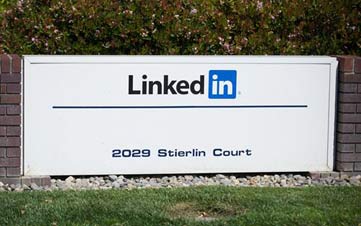
- Headquarters: Mountain View, Cal.52-week range: $136.02 - $257.56Market capitalization: $20.1 billionAnnual sales: $1.5 billionEstimated earnings growth: 35%
Love it or hate it, social media is here to stay. For investors, the question is which social-media companies are here to stay—and which are likely to flame out.
High on the list of this year’s losers is professional-networking leader LinkedIn (LNKD). After peaking at $258 last fall, LinkedIn’s shares have slid to $162. Besides being caught in the general rout of tech stocks, LinkedIn has spooked some investors by showing signs that its red-hot growth of the past few years is slowing. First-quarter revenues climbed 46%, to $473 million, from the same period a year earlier, but that was down from full-year growth of 57% in 2013. And after posting mostly modest quarterly profits since 2010, the company fell back into the red in the first quarter, losing $13 million as it spent heavily on expansion.
Wall Street analysts still think LinkedIn has spectacular growth potential. One reason is the 300 million people worldwide who have joined LinkedIn—in theory, at least, to enhance their career prospects. If the future of business networking and recruiting is increasingly online, LinkedIn is in a sweet spot to sell more services to both workers and employers.

3D Systems
- Headquarters: Rock Hill, S.C.52-week range: $43.35 - $97.28Market capitalization: $5.8 billionAnnual sales: $513.4 millionEstimated earnings growth: 22%
Some investors may view 3D printing like flying cars: futuristic technology that will never really get here. In fact, the technology is already widely in use in manufacturing. And one of the oldest names in 3D printers, 3D Systems (DDD), has been making money since 2009. Sales have jumped from $113 million that year to $513 million in 2013.
But as so often happens, exciting new technology triggers stock manias. Shares of 3D Systems and its rivals rocketed in 2012 and 2013, with 3D Systems soaring from $10 at the start of 2012 to a peak of $97 last January. Since then, as high-flying stocks in general have crashed, 3D Systems has tumbled as well.
For growth-hunting investors who can handle high risk, however, the sinking stock price could be a gift. Though the consumer market for 3D printing remains small, many manufacturers have embraced it—not yet for mass production but for smaller tasks, such as creating prototypes and producing replacement parts for older machinery. 3D printing uses digital imagery of an object to replicate it in metal, plastic or other materials. For 3D Systems and other printer makers, long-term growth will hinge not just on printer sales but also on revenue from material refills and servicing, as with conventional printers.

Air Lease
- Headquarters: Los Angeles52-week range: $25.74 - $42.89Market capitalization: $3.8 billionAnnual sales: $858.7 millionEstimated earnings growth: 29%
Travel is a growth industry worldwide, but it has been tough to make money in the notoriously fickle airline industry. Air Lease (AL) offers a different way to bet on travel: It buys jets and leases them to major airlines worldwide, a profitable middleman role that gives carriers greater financial and business flexibility.
Jet leasing is a tricky business because it requires financial savvy as well as the ability to ride out inevitable airline-industry turbulence. But Air Lease’s chief executive, Steven Udvar-Házy, 68, has been doing this for a long time: He ran International Lease Finance Corp. from 1973 to 2010, when he left to launch Air Lease as a competitor. The new company’s revenues rose from $337 million in 2011 to $859 million in 2013. Per-share earnings reached $1.80 last year, up from 59 cents in 2011.
Analysts at Morgan Stanley say Air Lease has a number of advantages over its rivals, including the youngest fleet of high-quality jets and a “relatively conservative balance sheet,” which will allow the company to take on more debt. The key risks: a major economic slump or another credit crunch. But Udvar-Házy has seen those before.
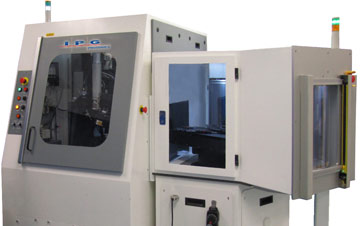
IPG Photonics
- Headquarters: Oxford, Mass.52-week range: $53.28 - $79.00Market capitalization: $3.2 billionAnnual sales: $648.0 millionEstimated earnings growth: 26%
- IPG Photonics (IPGP) isn’t a household name, but it’s a big one in the business of lasers. After four years of rapid growth, the company appears to have hit a soft patch in sales. If this setback is just a hiccup, it could be a great opportunity for long-term investors, with the stock down 21% from its 2013 high.
IPG says it’s the world’s leading producer of high-performance lasers used in manufacturing, telecommunications, health care and other applications. The majority of sales are to manufacturers for use in materials processing—for example, cutting, drilling and welding metals or other materials. Using a term favored by Silicon Valley, IPG sees itself in the role of a “disruptor,” as its lasers replace older technologies in manufacturing. IPG’s revenues jumped from $186 million in the recession year of 2009 to $648 million in 2013; earnings per share rocketed from 12 cents to $2.97 in the same period.
The firm is facing competition from China in lower-end lasers, but with $481 million in cash on its balance sheet and little debt, it has the wherewithal to power ahead.

Best of the Growth Funds
If you'd rather buy growth stocks through a fund, start by checking out two members of the Kiplinger 25. At Fidelity New Millennium (symbol FMILX), manager John Roth invests in a diverse mix of companies, including emerging growers and out-of-favor firms. Stocks of large companies account for 59% of the fund's assets; midsize and small outfits make up the rest. Despite its name, Baron Small Cap (BSCFX) has slightly more of its assets invested in midsize firms than in small-capitalization issues. Manager Cliff Greenberg, who favors undervalued growth companies, has mostly stayed away from high-flying social-media and biotech stocks.
Also worthy of consideration is Primecap Odyssey Growth (POGRX), a team-run fund managed by low-profile Primecap Management. The fund's performance has been plenty high-profile: From 2005, Odyssey Growth's first full year, through 2013, it landed in the top third of the large-cap growth category six times. Annual expenses are 0.65%, unusually low for an actively managed fund.
If you prefer an exchange-traded fund, look no further than PowerShares QQQ (QQQ). One of the oldest ETFs, QQQ tracks the Nasdaq 100 index and holds many tech giants, including Apple, Google and Facebook. Annual fees are 0.20%.
Profit and prosper with the best of Kiplinger's advice on investing, taxes, retirement, personal finance and much more. Delivered daily. Enter your email in the box and click Sign Me Up.

-
 How to Leave Different Amounts to Adult Children Without Causing a Rift
How to Leave Different Amounts to Adult Children Without Causing a RiftHere’s how to leave different amounts to adult children without causing a family rift.
-
 My Retirement Learning Curve, 1 Year In
My Retirement Learning Curve, 1 Year InA retiree checks in with what they wish they knew early on and what they've changed about their plan one year in.
-
 Introducing Your CD's Edgier Cousin: The Market-Linked CD
Introducing Your CD's Edgier Cousin: The Market-Linked CDTraditional CDs are a safe option for savers, but they don't always beat inflation. Should you try their counterparts, market-linked CDs, for better returns?
-
 Why Wells Fargo's Revenue Miss Isn't Worrying Wall Street
Why Wells Fargo's Revenue Miss Isn't Worrying Wall StreetWells Fargo is one of the best S&P 500 stocks Wednesday even after the big bank's top-line miss. Here's what you need to know.
-
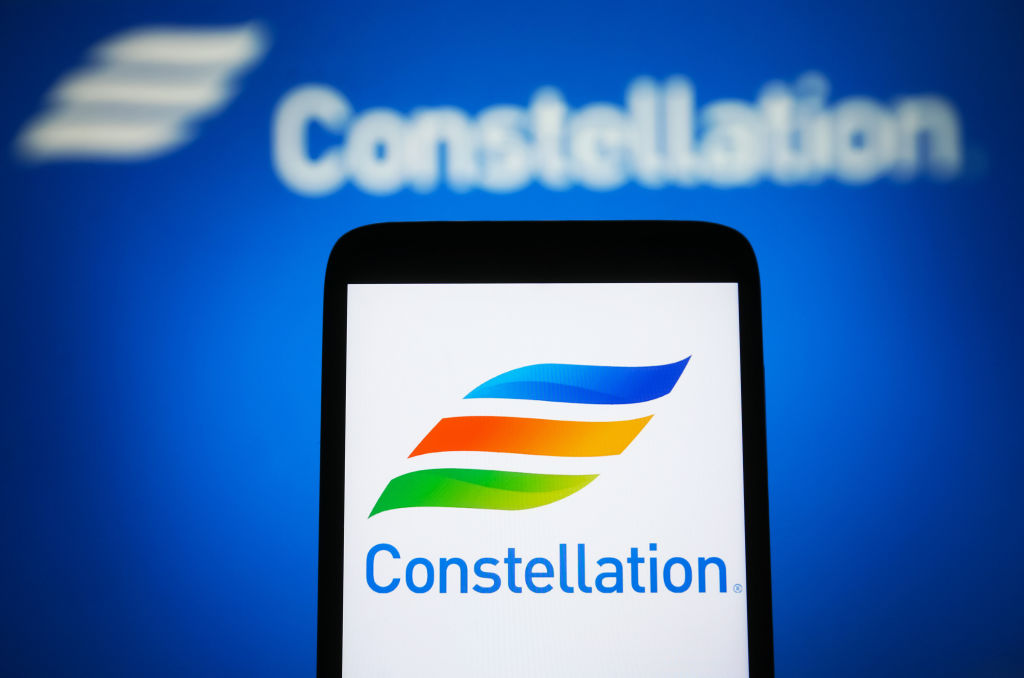 Constellation Energy Stock Soars on Its $26 Billion Buy. Here's Why Wall Street Likes the Deal
Constellation Energy Stock Soars on Its $26 Billion Buy. Here's Why Wall Street Likes the DealConstellation Energy is one of the best S&P 500 stocks Friday after the utility said it will buy Calpine in a cash-and-stock deal valued at $26 billion.
-
 The 24 Cheapest Places To Retire in the US
The 24 Cheapest Places To Retire in the USWhen you're trying to balance a fixed income with an enjoyable retirement, the cost of living is a crucial factor to consider. Is your city the best?
-
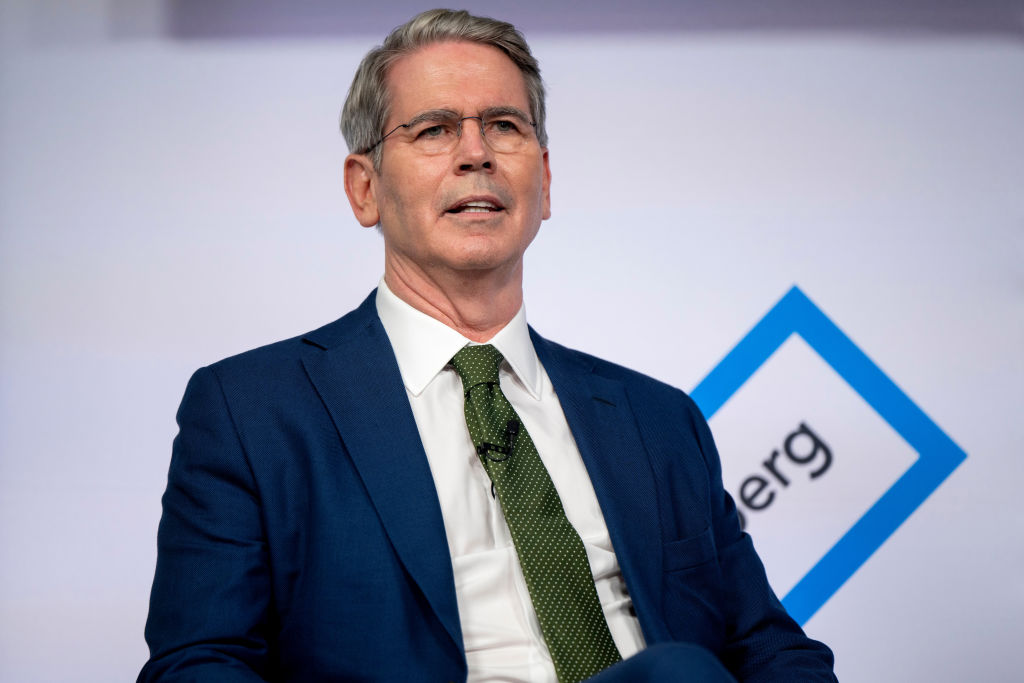 What Scott Bessent's Treasury Secretary Nomination Means for Investors
What Scott Bessent's Treasury Secretary Nomination Means for InvestorsMarkets are reacting positively to Trump's nomination of Scott Bessent for Treasury secretary. Here's why.
-
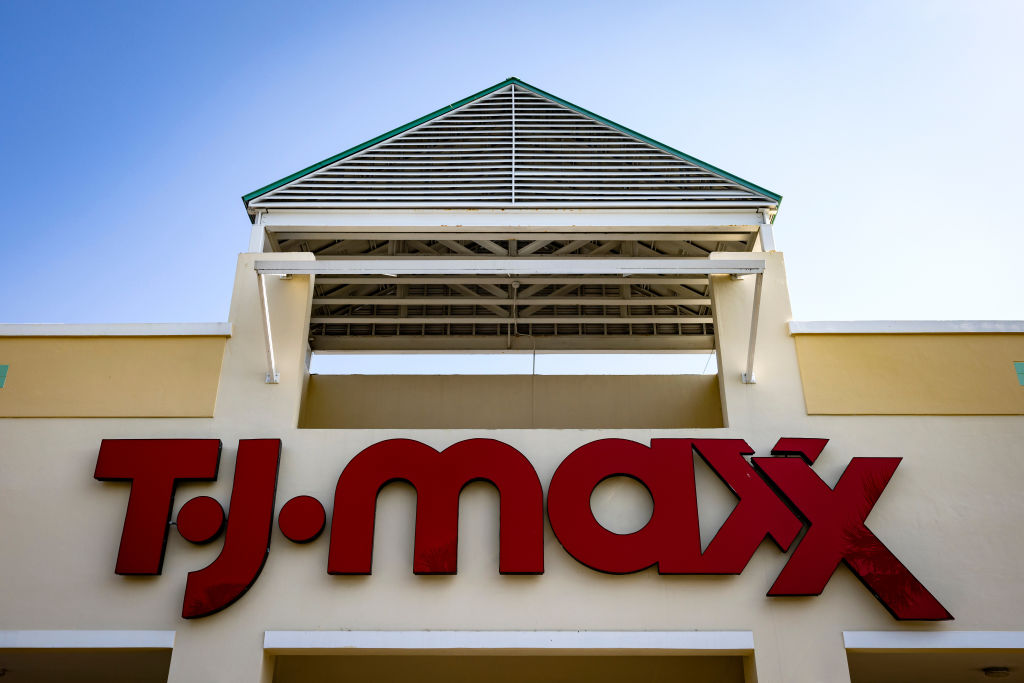 TJX Stock: Wall Street Stays Bullish After Earnings
TJX Stock: Wall Street Stays Bullish After EarningsTJX stock is trading lower Wednesday despite the TJ Maxx owner's beat-and-raise quarter, but analysts aren't worried. Here's why.
-
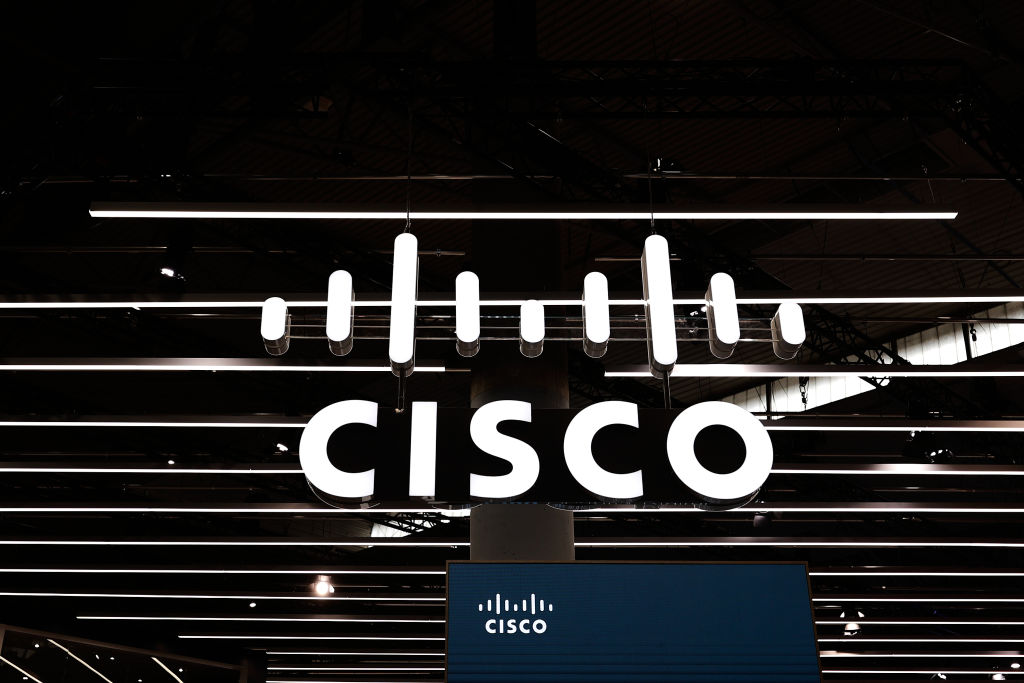 Cisco Stock: Why Wall Street Is Bullish After Earnings
Cisco Stock: Why Wall Street Is Bullish After EarningsCisco stock is lower Thursday despite the tech giant's beat-and-raise quarter, but analysts aren't concerned. Here's what you need to know.
-
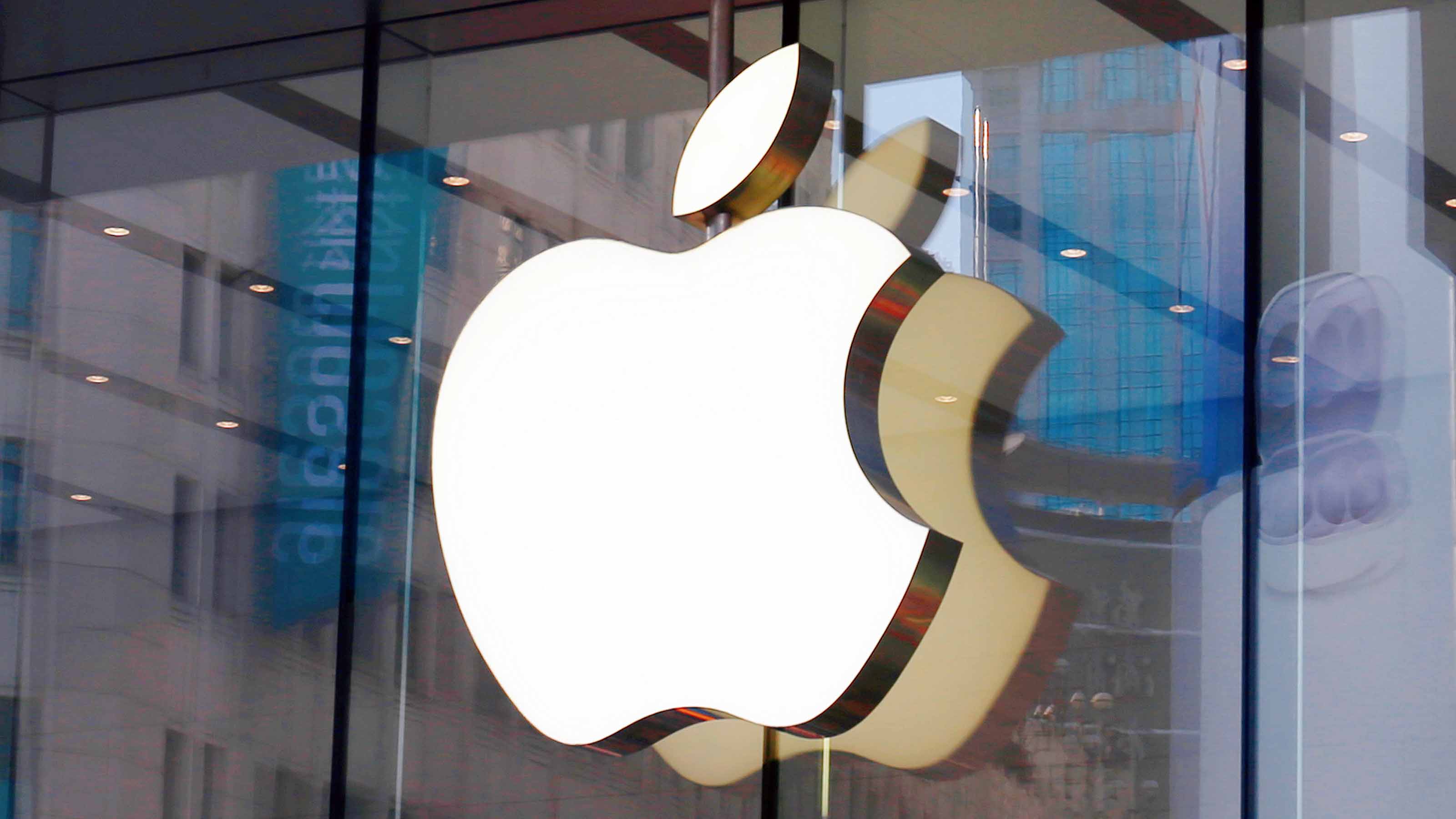 Apple Stock Slips After Earnings. Wall Street Isn't Worried
Apple Stock Slips After Earnings. Wall Street Isn't WorriedApple stock is trading lower Friday despite the iPhone maker beating expectations for its fiscal fourth quarter, but analysts are still bullish.
-
 Tesla's Robotaxi Event: What Wall Street Expects
Tesla's Robotaxi Event: What Wall Street ExpectsTesla’s robotaxi event kicks off next week. Here’s what Wall Street expects to see and how analysts feel about the stock heading into the event.
